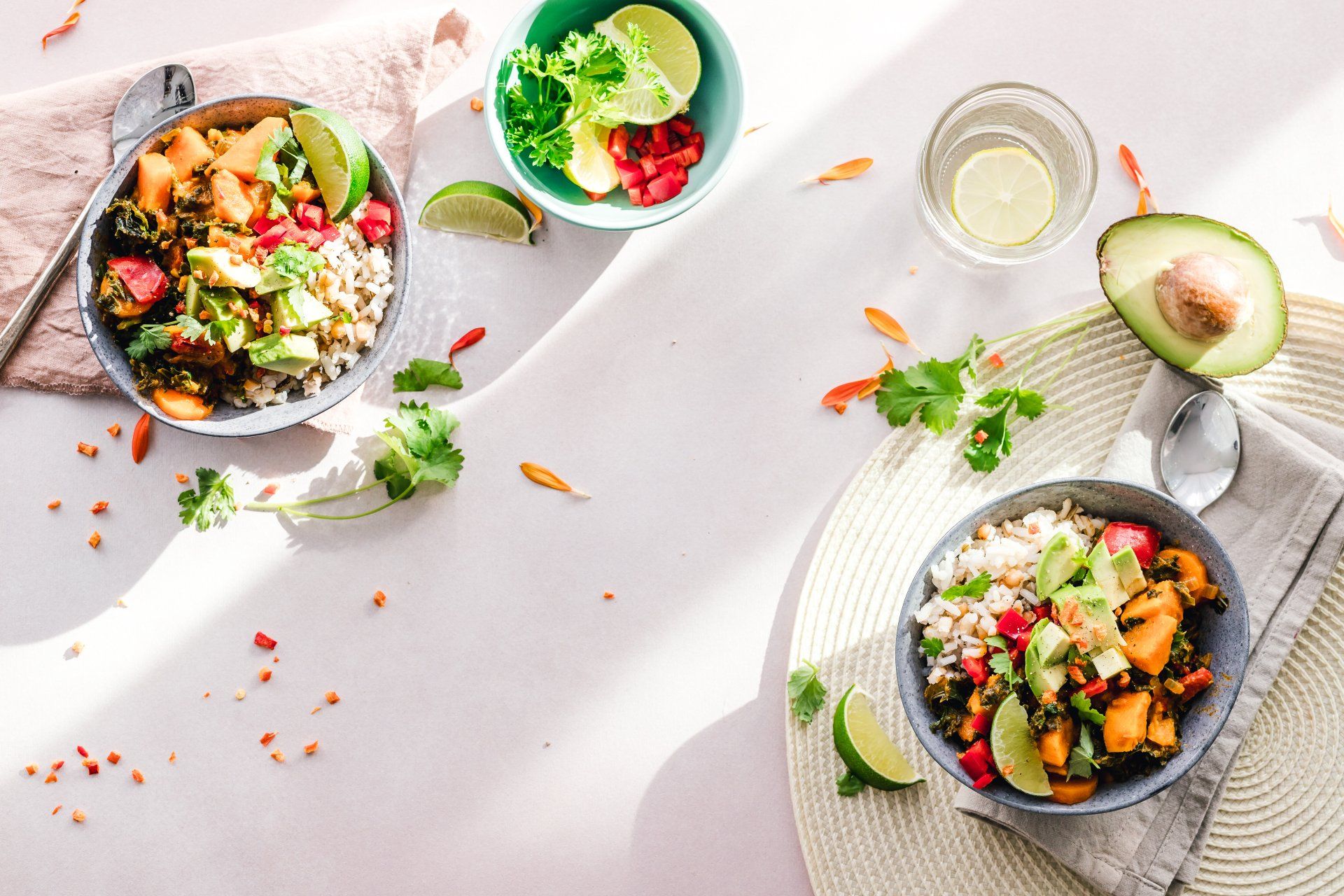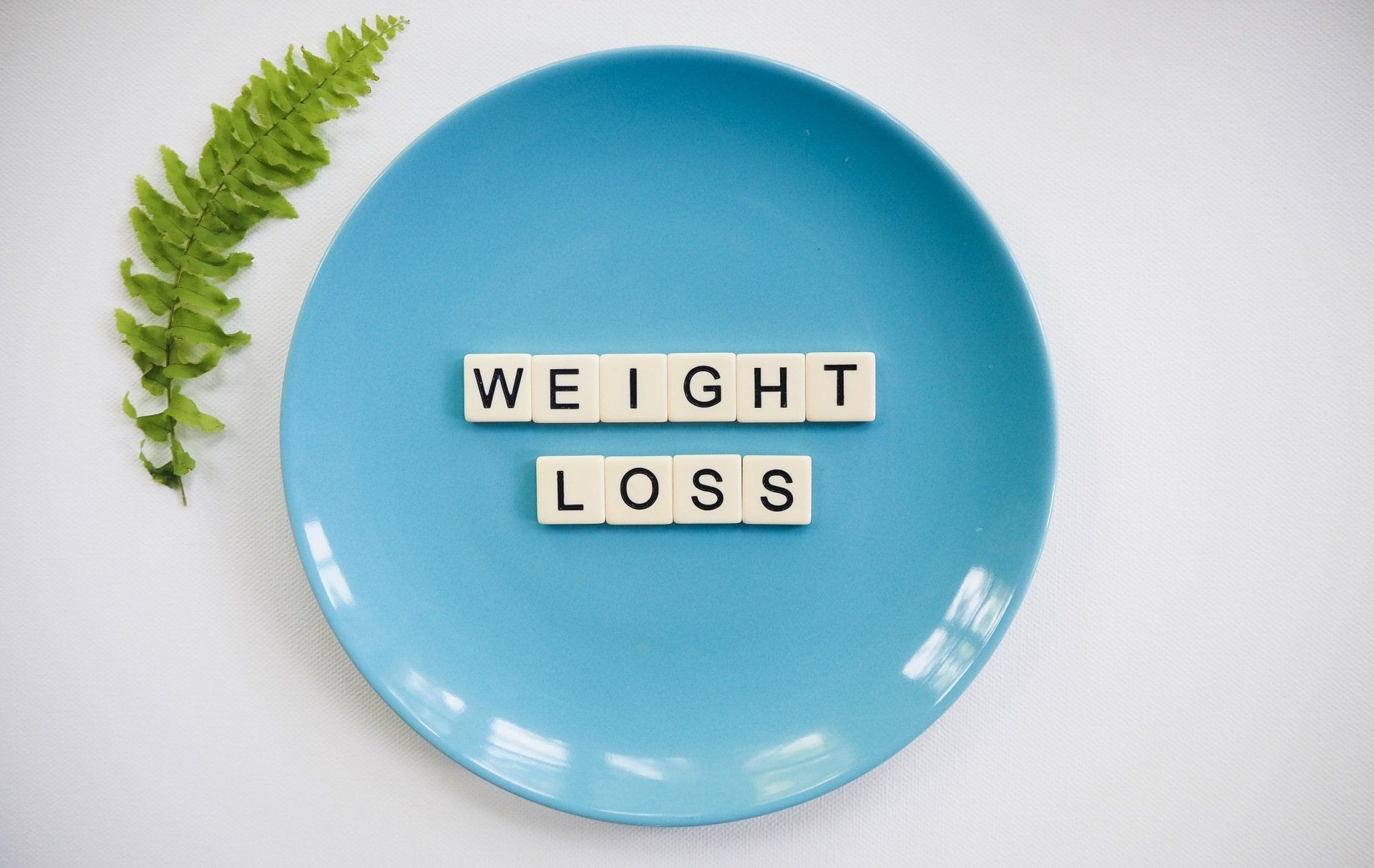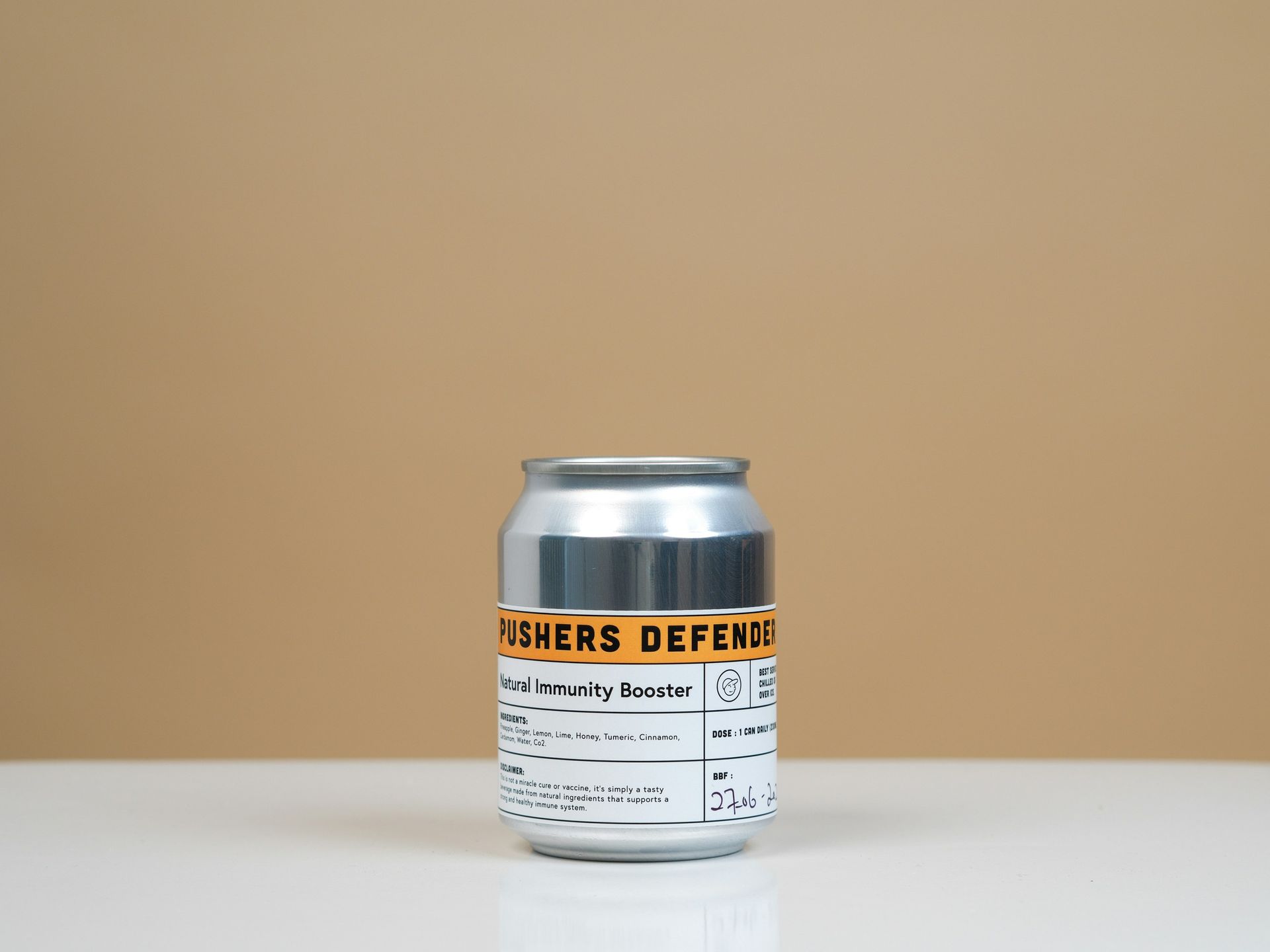Glucose causing cancer – the inside story
In our normal diet, you would be surprised to know that almost everything we eat contains some form of carbohydrate. Most of our carbohydrates are found in plants or vegetables in the form of starch.
Ordinary table sugar contains sucrose and milk contains a lactose. Both sucrose and lactose are carbohydrates.
Glucose is a chemically smaller molecule than sucrose or lactose and in fact when you break down either sucrose or lactose, you will find glucose inside. But wait, did you know that meat contains glycogen, also another form of carbohydrate?
Which carbohydrate is better?
We want to avoid carbohydrates but we obviously cannot stop eating. We can however choose our diet wisely by focusing on avoiding the carbs that cause blood sugar to rise rapidly, (white bread, starchy vegetables, obvious sugary food, refined sweets) and by limiting our intake of calories or by not overeating.
When Less is More
Simply cutting back on carbs might worsen the feeling of hunger. That is because the carbs that you do eat (especially the highly refined ones) will quickly bring up your glucose levels and on its way down, the hunger sensation is triggered. The taller the spike, the faster and steeper the fall and it is this sudden drop in glucose levels that triggers the uncomfortable feeling of hunger. It might be better to avoid it all together, and not get the sugar spike.
Why do cancer cells attract glucose?
Cancer patients have high levels of glucose within the tumor cells. One of the reasons behind this is in a faulty glucose transportation system.
You can begin to understand this by first learning about how glucose normally gets absorbed by the body.
What happens to food after it enters your mouth?
The normal process of digestion
When food enters through your mouth, it is digested by the enzymes in your saliva, and broken down by the grinding action of your teeth, tongue and cheeks. Carbohydrates break down into glucose, get absorbed into the gut, and finally are pushed into the bloodstream. Once it gets close to the cell, there is a wall called the plasma or cell membrane. In order to gain entry into the cell , the glucose must enter through a protein gate called GLUT or glucose transmembrane transport protein.
The sugar gates are wide open!!!
Scientists have identified that cancer cells possess defective or overactive GLUT proteins, resulting in easy access of glucose into the cancer cell. 1,2
This overactive glucose transportation system provides easy nutrition to cancer cells.
"Loss of ability to die"
Overactive glucose transporters can also do harm by a different mechanism, which keeps cancer cells immortal. Cancer cells somehow have difficulty dying. They call this phenomena a loss of “apoptosis”.
What is APOPTOSIS? What does it have to do with cancer?
Apoptosis comes from the Ancient Greek word ἀπόπτωσις which means "falling off”.3
Like autumn leaves, normal cells eventually age and are programmed to die at a certain stage of life. This is what we call normal apoptosis.
In normal cells, as they age, pro-death proteins begin to punch holes into the mitochondria, also known as the powerhouse of the cell. When these holes (doctors like to call them pores) occur, the mitochondria switches on the self destruct switches or in fancy medical terms what we call the "apoptotic cascade" and cells start to die. This gives room for younger , healthier cells.
Within cancer cells, the apoptosis or normal death process is messed up. In cancer cells , when there is too much glucose metabolism going on, the pro-death proteins start malfunctioning. Similar to the metro rail, the faulty GLUT transportation system indirectly affects the pro-cell death proteins and makes them malfunction. The cells` then become immortal and don't die. It is like a subway system without a ticketing process. Everyone gets to ride, and the subway system gets overloaded with people. The brakes fail and the subway keeps going around in circles, never stopping or running out of gas!
Oncologists can give chemotherapy, hoping that it can kill tumor cells. But in order to win the battle, the chemo must kill all the tumor cells or it will certainly grow back. By watching what we eat, we may be able to keep the normal cells healthy and prevent them from turning into cancer cells in the first place.
Tian M, Zhang H, Nakasone Y, Mogi K, Endo K. Expression of Glut-1 and Glut-3 in untreated oral squamous cell carcinoma compared with FDG accumulation in a PET study. Eur J Nucl Med Mol Imaging. 2004;31(1):5-12. doi:10.1007/s00259-003-1316-9.
Brown RS, Wahl RL. Overexpression of Glut-1 glucose transporter in human breast cancer: An immunohistochemical study. Cancer. 1993;72(10):2979-2985. doi:10.1002/1097-0142(19931115)72:10<2979::AID-CNCR2820721020>3.0.CO;2-X.
Macheda ML, Rogers S, Best JD. Molecular and cellular regulation of glucose transporter (GLUT) proteins in cancer. J Cell Physiol. 2005;202(3):654-662. doi:10.1002/jcp.20166.
Wikipedia; https://www.google.com/search?client=safari&rls=en&q=apoptosis&ie=UTF-8&oe=UTF-8





